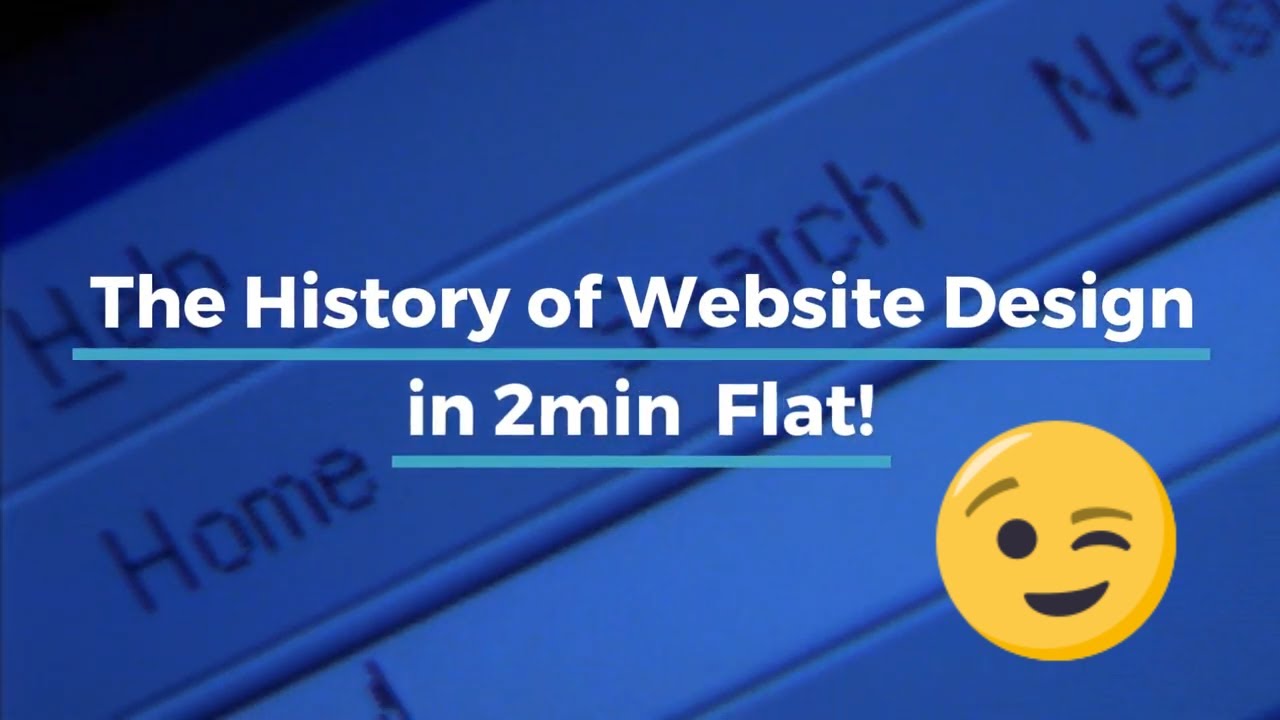
The History of Website Design in less than 60 secs
1991 – The beginning…
CERN, the first website, went live in November 1992.
1993 – The Launch of Search
Just 2 years after the launch of the World Wide Web, we got introduced to ALIWEB! ALIWEB (Archie Like Indexing for the WEB) is considered to be the first Web search engine.
1993 – The Birth of the Landing Page
MTV Launched its website in 1993. MTV was an early adopter of landing pages.
1994 – Using Ads to Add to Your Design
Hotwire, now known as Wired, did a nice job of adding the world’s first banner ad into their site’s header in 1994.
1996 – The Next Frontier
In 1996, we saw the number of websites grow from 25,300 to 257,601.
1998 – The Future King of Search in Born
The internet in 1998 started to look a little more like the internet we see today. Google Beta went live on September 4, 1998.
2000 – The Online Economy
Paypal, the world’s leading online payment company, started in 1999. But is was the year 2000 that PayPal really took off.
2003 – Let’s Blog About It
Wordpress, which is now the world’s leading content management system (CMS), was launched in 2003.
2004- Your Space
MySpace became a place for users to create their own profiles and connect with other online users.
2006 -The Facebook Goes Public
In 2006 Facebook went public and changed social media and how the public used the Internet altogether.
2007 – The Mobile Revolution
On June 29, 2007, the first iPhone was released ushering in a new era of web design.
2009 – Images Get Social
Created by Yahoo, Flickr gave people a place to store and share their photos online.
2014 – The Rise of Inbound
Instead of marketing at prospects, smart marketers decided to try a new approach. By offering advice and engaging prospects with their website, marketers could now nurture leads into customers.
2016 – Speed Becomes Key
Consumers expect a web page to load in 2 seconds or less.
The Present – Personalization
Today’s site are built to deliver customized experiences for each user.
